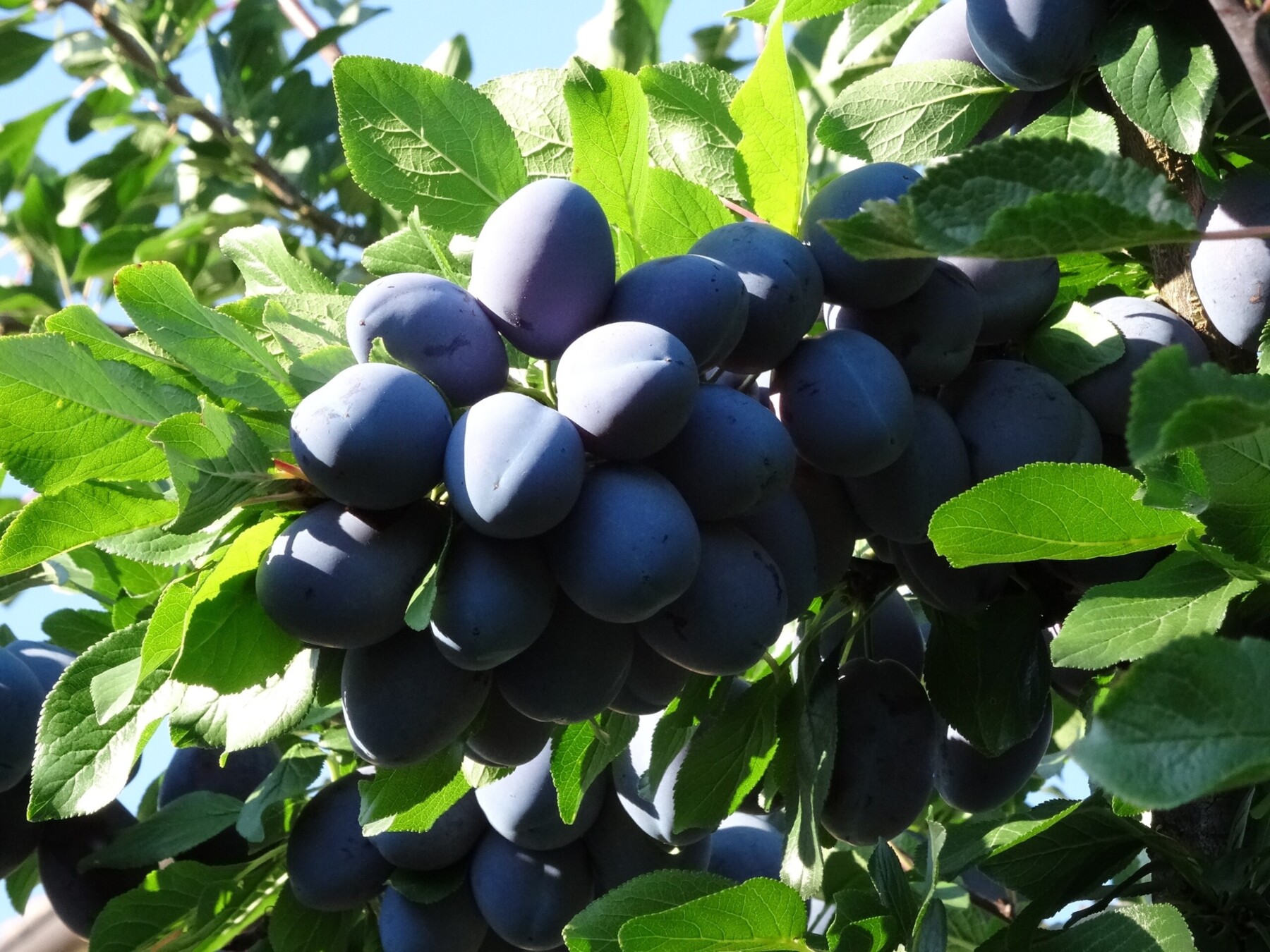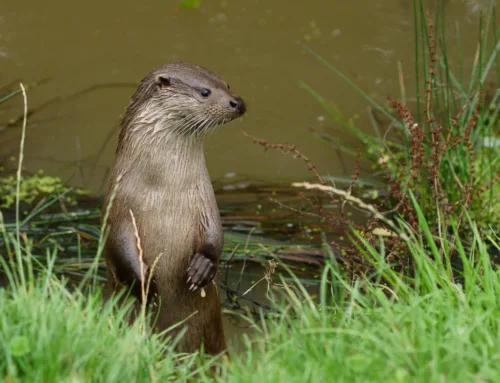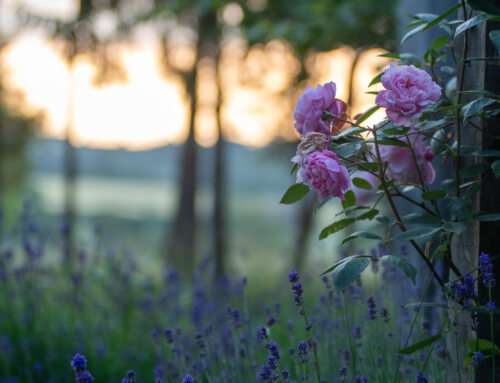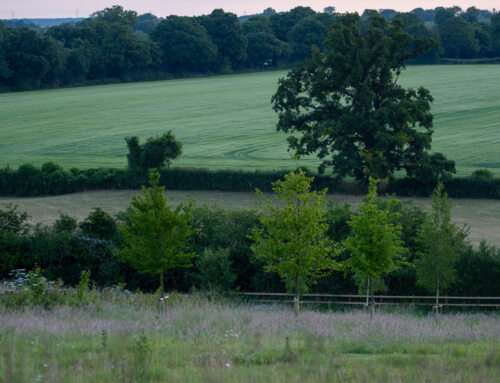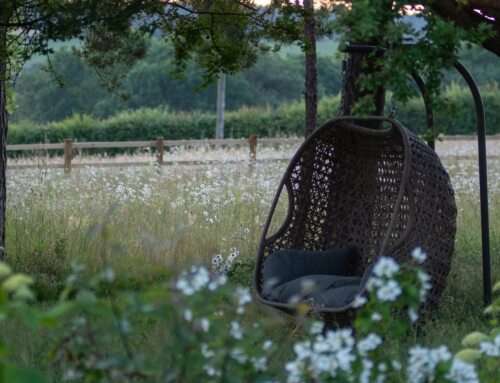Garden Inspiration from Your Local Nature Walks
By Libby Reeves
It’s a fresh, September morning and I find myself enjoying a bike ride to exploit some of the fine weather before the cold and the dark set in. This blog is an account of what horticultural pleasures I come across along the way, hoping that you might find something useful for your garden.
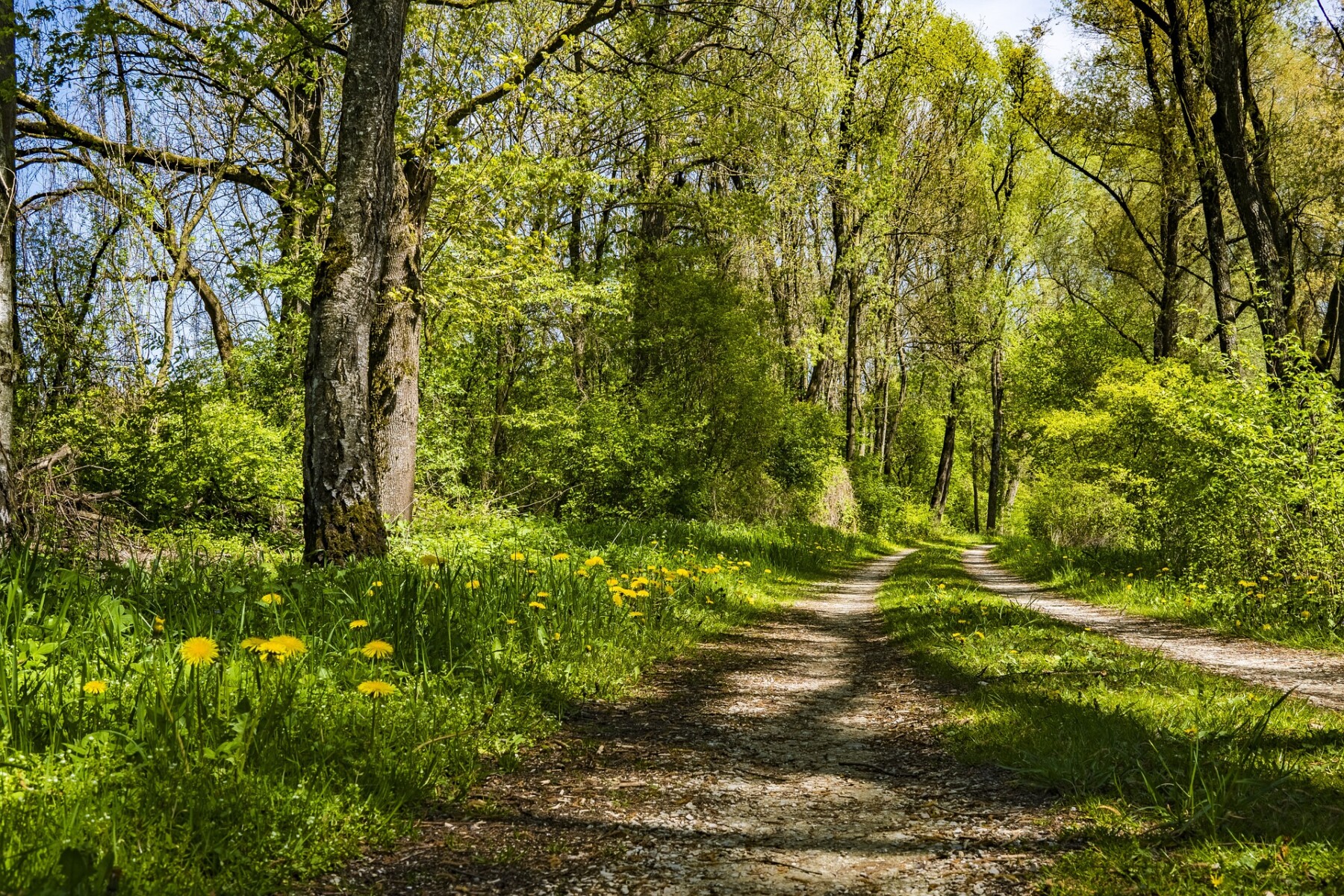
I set off from home, the urban streets framed with careful planting: The pencil-like hornbeams keeping me away from footpaths where the branches would swipe unsuspecting pedestrians. The upright habit of some trees is often seen in towns and avenues to allow for tree growth in high footfall areas, ensuring that regular pruning is unnecessary. There are some lovely hornbeams and oaks – for example – that cover this, giving a habitat for native wildlife, but also being practical for human habitation. The smaller hawthorns and flowering cherries aiming to give spring cheer are lush and green. The natural vigour in these trees is less, ensuring that, again, they can be kept in gardens without the need for constant pruning. This in turn allows the trees to keep their natural shape, which certainly aids their attractiveness. The large silver birch by the shrub bed is deeply fissured, adding texture to its concrete surroundings. The Raywood ash trees are slowly starting to tinge red; their bushy habit is tempting the autumn feast that is soon on the way.
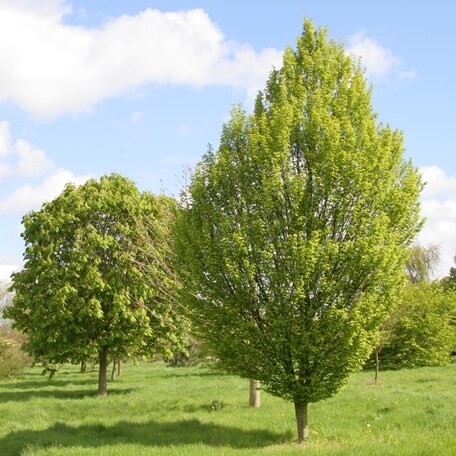
Hornbeam
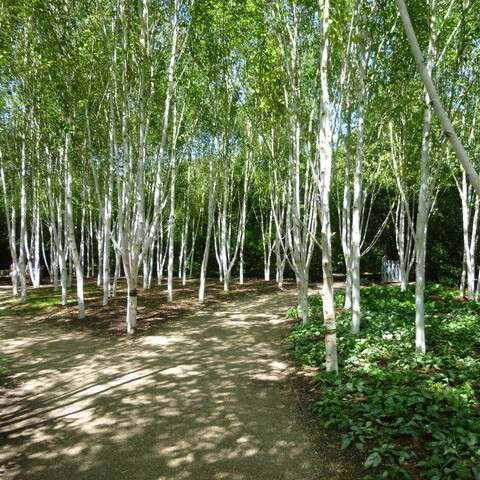
Silver birch
As I turn off the main road, the hedges are filled with species that have entered the county far more recently. The cherry laurel expanding under the native oak and poplar look bright and cheerful. Their history may be foreign, but their benefits are obviously generous, creating a warm haven for birds, small mammals, and insects alike. You can find laurels in many forms: big vigorous ones, small and squat ones, ones with small leaves, and some with large leaves. They can be used so effectively in many situations once the right plant is chosen for the right place. The gardens again show more foreign influence: a line of blue eucalyptus catch my eye, hoping to protect the inhabitants from the road noise and pollution.
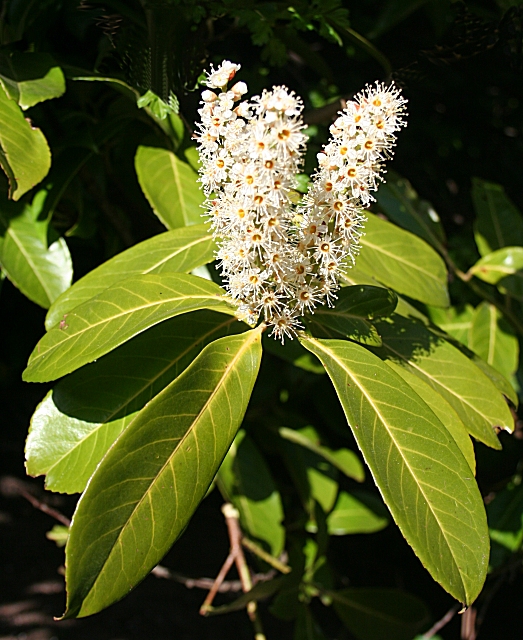
Cherry laurel
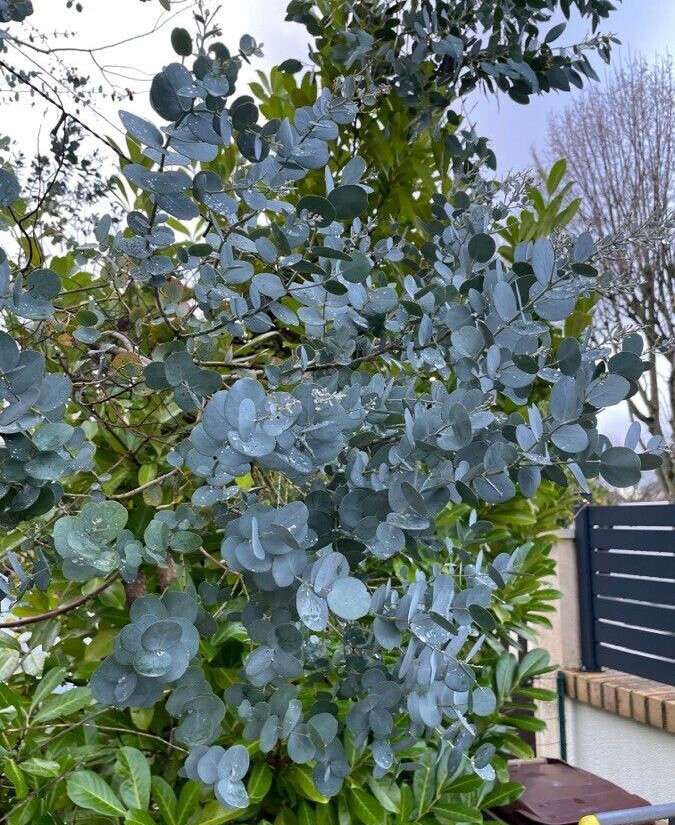
Blue eucalyptus
As I move away from the sprawling suburbia and towards farmland; the hedgerows show clear signs of self-set trees. The hedges and ditches are littered with our native ash, of multiple generations and showing differing levels of dieback. The stark significance of foreign biosecurity issues feeling very close to home. There are very few trees that have the strength and reliability of the native ash tree, its dominance is noticeable across the country, particularly in rural areas. Personally, I love the field maple as a viable replacement, it will grow in many situations and has a beautiful leaf. It is long-lived, super tough and wasted as a typical hedging plant where it does also thrive.
The hedges are showing some level of healthy, young growth, and I find it interesting to see how the different species have grown in different ways given the dry spring and the desert-like summer. The ash and sycamore standing proud, the field maple and dogwoods bushy and strong. The growth may be shorter than in less arid years, but healthy in its own way. Old man’s beard and bramble intertwine the branches: the straggly, silver flowers and shiny black fruit encouraging me to appreciate the last throws of summer.
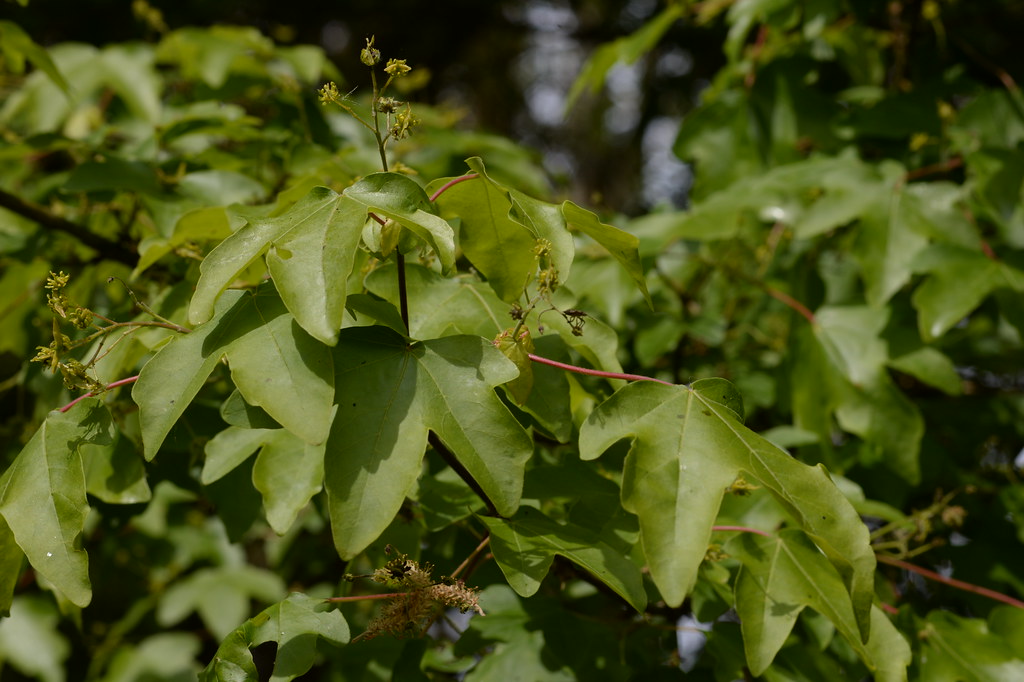
Field maple
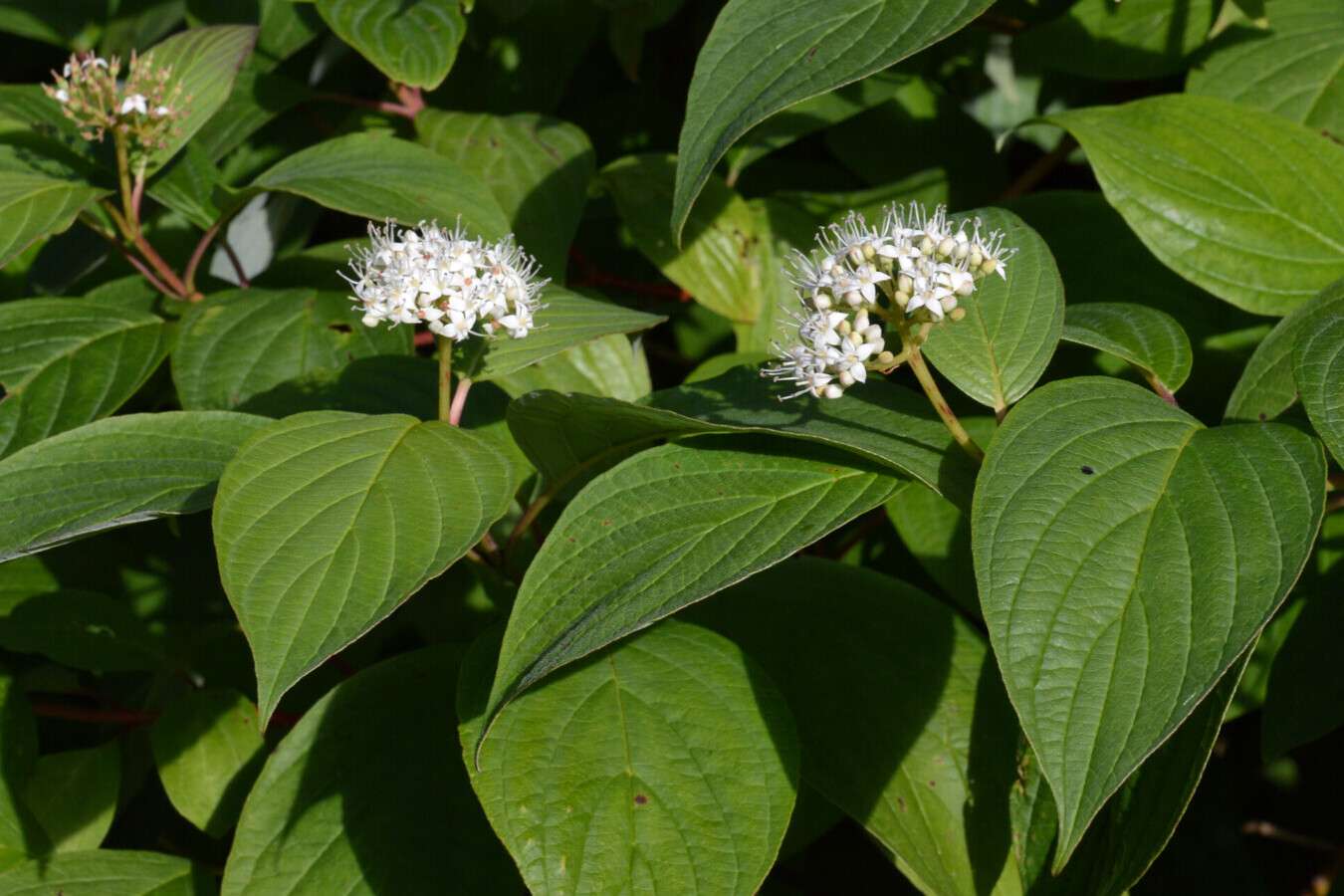
Dogwood
As I turn a corner, a sad elder stands stark and lonely. The leaves have shrivelled and the fruit dried out. Elder seems to have struggled this year, one of the most frequent weaklings in this untypically hot, dry summer. Given the expected future climate, I worry about these little treasures, I do so love the berries.
I fly down the final hill towards my destination, and my excitement of arriving is palpable. The scrumping of the sweet, soft plums off the tree inside the gate is ample reward for my efforts. I poke around looking for a couple that have been untarnished by wasps, I have no interest in sharing! As I sit and munch my partially ill-gotten gains, I survey the gentle breeze in the trees and listen to the bird song. I think I’m looking forward to autumn.
Should you have questions about the best plants to use for the soil in your garden, why not pop into our Plant centre and speak to our team of horticultural experts? Please note, we may not have all of these plants in stock at one time. For detailed information about our range, please speak to our plant’s sales team by calling us on 01869 340342 (option 1) or emailing plantsales@nicholsonsgb.com.
